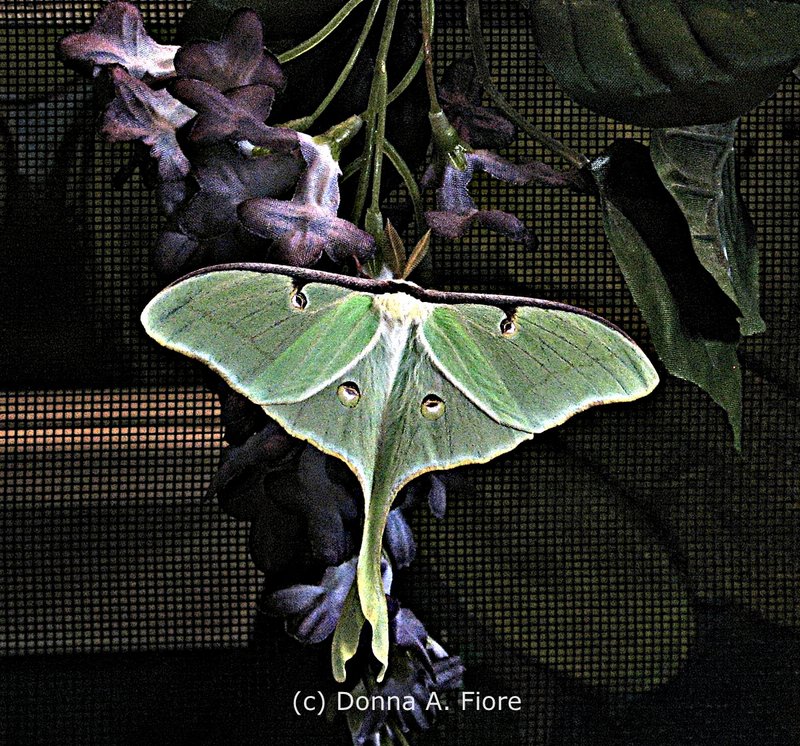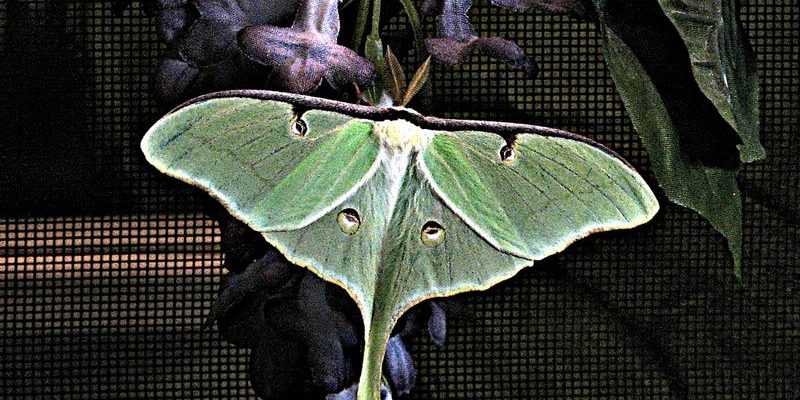
The luna moth is not just a pretty face. They provide valuable services in the ecosystems they inhabit, which can be thought of as nature’s hidden labor force. Just like how a good remote control makes your TV time better by helping you switch channels smoothly, luna moths help keep the environment thriving. Let’s unpack their responsibilities a bit more.
The Life Cycle of the Luna Moth
To appreciate what the luna moth does, we need to start at the beginning: its life cycle. These moths undergo a complete metamorphosis, which means they transition through four stages: egg, larva (caterpillar), pupa (cocoon), and adult moth.
Each stage plays a crucial role in their development and survival.
1. Egg Stage: The female luna moth lays a small batch of eggs, often on the underside of leaves. These eggs are tiny but packed with potential.
2. Caterpillar Phase: Once the eggs hatch, the caterpillars emerge. They munch on leaves voraciously, growing quickly. This stage can last several weeks, and the caterpillars might even change colors. They often look like a green twig, camouflaging themselves from predators.
3. Pupa Stage: When the caterpillars are ready, they wrap themselves in a cocoon and enter the pupal stage. This is a transformative period that can last several weeks. Inside the cocoon, they’re changing into beautiful adult moths.
4. Adult Stage: Finally, the adult luna moth emerges, ready to take on the night. They usually only live for about a week, but during this time, they accomplish essential tasks, mainly pollination.
Pollination: A Key Role
So, what’s the big deal about pollination? Here’s the thing: pollination is crucial for many plants to reproduce. While luna moths are not the only pollinators out there—bees and butterflies also do their part—these moths have a unique method.
Luna moths are drawn to flowering plants at night, particularly ones that bloom white or pale colors. This is because these colors stand out against the dark sky, making it easier for the moths to locate them. As they sip nectar, their bodies collect pollen, which they then transfer to other flowers.
- Cross-Pollination: This helps ensure genetic diversity among plants, which is important for resilience against diseases and pests.
- Nighttime Activity: Unlike many pollinators that work during the day, luna moths lend a hand at night, taking advantage of quieter conditions and fewer competitors for nectar.
Their role in this natural process is essential for many plants, including some tree species and wildflowers. Without them, certain plants might struggle to reproduce.
Benefits Beyond Pollination
While pollination is a primary job for the luna moth, there’s more they contribute to the ecosystem. You might be surprised to learn that their presence indicates a healthy environment. When luna moths are around, it usually means there’s a suitable habitat with a good number of flowering plants.
For example, if you spot a luna moth in your backyard, it could hint that your local ecosystem is thriving. They also serve as food for various predators, like birds and bats. In this way, they play a role in the food chain, supporting other species and helping to maintain the balance in their habitat.
The Impact of Environmental Changes
Unfortunately, like many creatures in our world, luna moths face challenges due to environmental changes. Habitat loss from urban development and pesticides can significantly impact their populations.
If you’ve ever heard about the decline of pollinators like bees, the same concerns apply to luna moths. When their natural habitats are disrupted, it not only affects their numbers but also the plant species they help pollinate. This can lead to a decline in plant diversity, which impacts entire ecosystems.
It’s a bit like when a favorite TV show gets canceled—you’re left missing the characters and stories that brought you joy. The same goes for the loss of these beautiful moths in our environment.
How to Attract Luna Moths
If you’re interested in seeing luna moths in your area, there are ways you can attract them. Creating a welcoming environment is key. Here’s how:
- Plant Native Flowers: Choose night-blooming plants like moonflowers or evening primroses. These flowers are often favorites for luna moths.
- Reduce Light Pollution: Bright outdoor lights can confuse nocturnal moths. Opt for softer lights or dark areas to make your yard more inviting.
- Provide a Natural Habitat: Allow some areas of your yard to grow wild. These natural spaces can offer shelter and food for luna moth larvae.
By taking these simple steps, you can help support luna moth populations and, in turn, their vital role in pollination and other important tasks.
In summary, the luna moth is much more than just a pretty insect. From their graceful life cycle to their essential role in pollination, these moths are a vital part of our ecosystem. They contribute to plant reproduction, support the food chain, and indicate healthy environments.
Understanding their importance helps us realize that we all have a part to play in protecting nature. Just as you’d take care of a remote control to ensure it functions smoothly, we must support the creatures that keep our ecosystems balanced. So, let’s appreciate the luna moth and do our part to maintain habitats that allow them to thrive. It’s not just the moth’s beauty; it’s their hard work that keeps the world turning.

